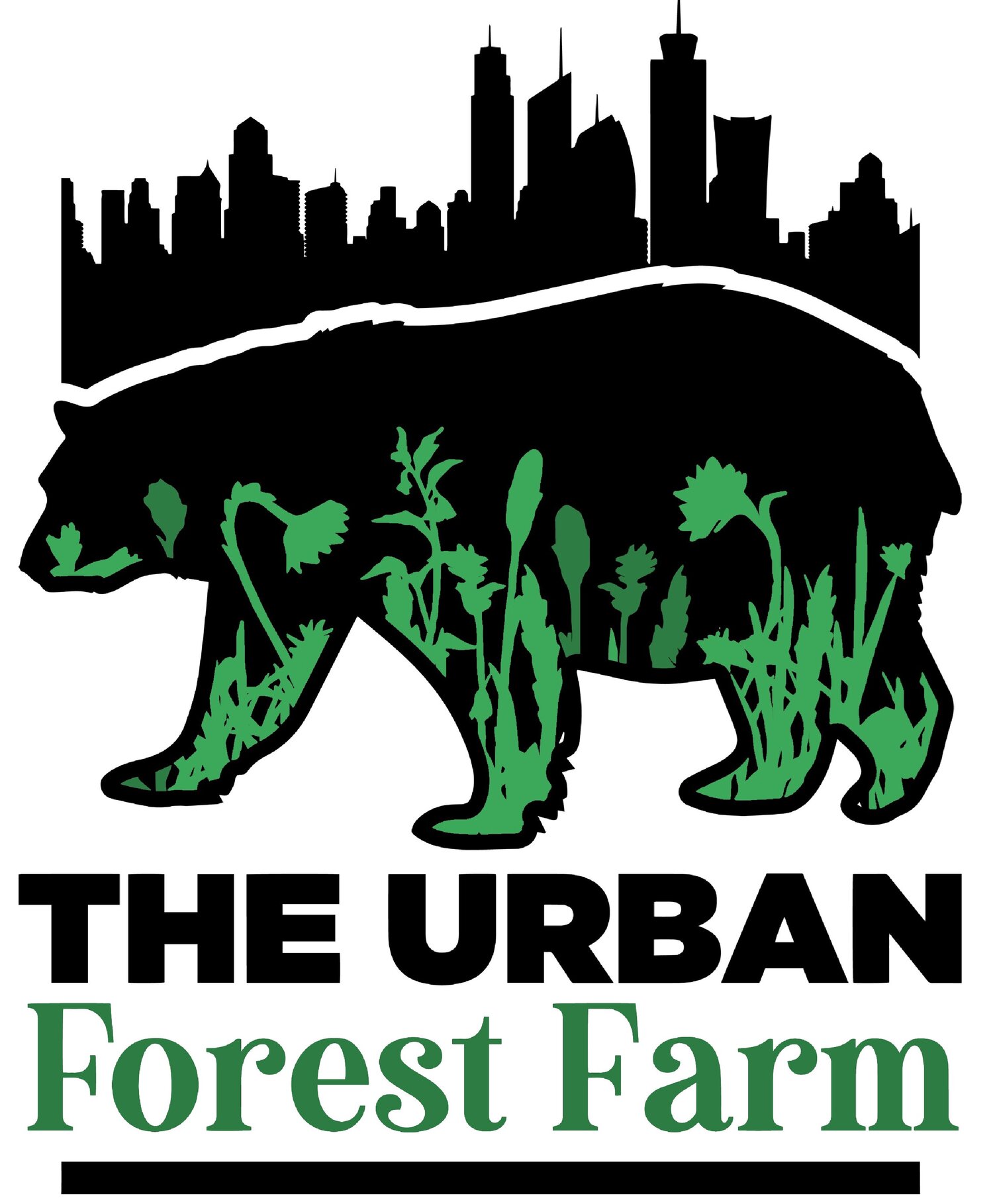 Image 1 of
Image 1 of


Light Red Kidney Beans
Beans, Beans! A warm weather favorite that is great for fresh eating, canning, or drying for long term storage. Legumes pull atmospheric nitrogen from the air and make it available in the soil for plants. They are a fantastic way to improve soil health, while producing a productive crop.
Beans, Beans! A warm weather favorite that is great for fresh eating, canning, or drying for long term storage. Legumes pull atmospheric nitrogen from the air and make it available in the soil for plants. They are a fantastic way to improve soil health, while producing a productive crop.
Beans, Beans! A warm weather favorite that is great for fresh eating, canning, or drying for long term storage. Legumes pull atmospheric nitrogen from the air and make it available in the soil for plants. They are a fantastic way to improve soil health, while producing a productive crop.
-
Beans prefer full sun and will produce more pods if receiving at least 6-8 hours of sun per day. Direct seed in spring when soil temperature has reached 65-75F.
Plant bush beans 1 - 1.5 inches deep and 2.5 - 3 feet apart. Plant pole beans 1 inch deep and 3 - 4 inches apart.
Consistent watering is vital as yield will be reduced if inconsistent watering occurs.
-
If planting for storage, plant many plants at once, as light red kidney beans will produce a large crop ready for harvest, then die. Plant successively, every 10 days (about 1 and a half weeks), for a continual harvest throughout the season. Prepare garden bed with fertilizer prior to direct seeding, then again at the first sight of flowers.
Beans will be ready to harvest about 60-75 days (about 2 and a half months), depending on the variety. Pick beans frequently, as they become ready, to encourage continued production. Beans should be picked prior to becoming too large, before the shape of the bean can be seen through the pod. When the pods still snap.
-
Most bean varieties are susceptible to a wide range of insects and beetles. Larger animals, such as rodents and rabbits, may also pose a threat to your crop.
For use as a dried bean, allow the bean to mature on the vine for a few weeks after the harvest period. The entire plant can be pulled and the beans shelled over a container.
